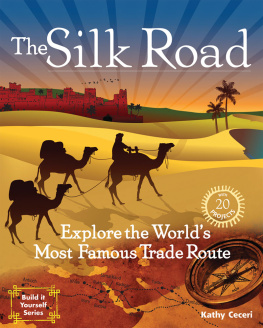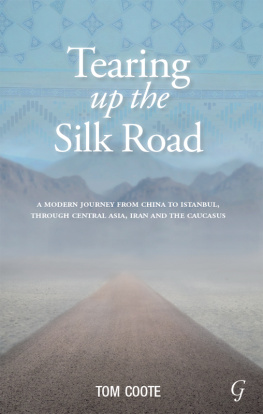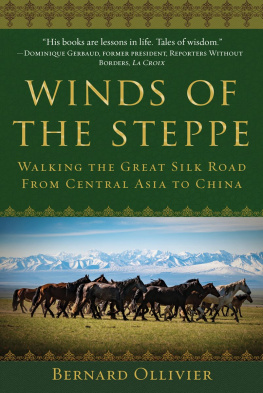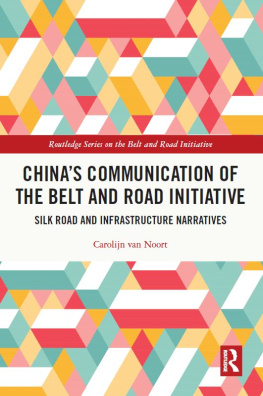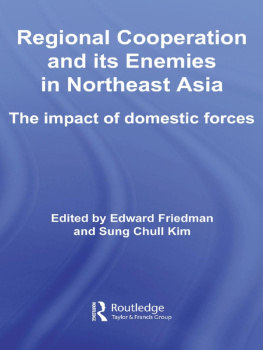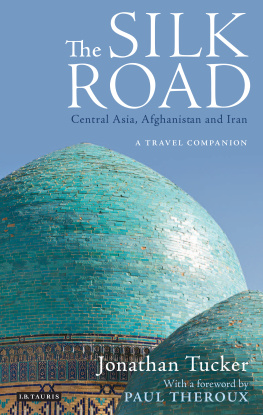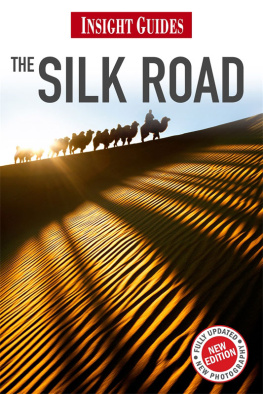Timur Dadabaev - Transcontinental Silk Road Strategies: Comparing China, Japan and South Korea in Uzbekistan
Here you can read online Timur Dadabaev - Transcontinental Silk Road Strategies: Comparing China, Japan and South Korea in Uzbekistan full text of the book (entire story) in english for free. Download pdf and epub, get meaning, cover and reviews about this ebook. year: 2019, publisher: Routledge, genre: Politics. Description of the work, (preface) as well as reviews are available. Best literature library LitArk.com created for fans of good reading and offers a wide selection of genres:
Romance novel
Science fiction
Adventure
Detective
Science
History
Home and family
Prose
Art
Politics
Computer
Non-fiction
Religion
Business
Children
Humor
Choose a favorite category and find really read worthwhile books. Enjoy immersion in the world of imagination, feel the emotions of the characters or learn something new for yourself, make an fascinating discovery.

- Book:Transcontinental Silk Road Strategies: Comparing China, Japan and South Korea in Uzbekistan
- Author:
- Publisher:Routledge
- Genre:
- Year:2019
- Rating:5 / 5
- Favourites:Add to favourites
- Your mark:
Transcontinental Silk Road Strategies: Comparing China, Japan and South Korea in Uzbekistan: summary, description and annotation
We offer to read an annotation, description, summary or preface (depends on what the author of the book "Transcontinental Silk Road Strategies: Comparing China, Japan and South Korea in Uzbekistan" wrote himself). If you haven't found the necessary information about the book — write in the comments, we will try to find it.
This book analyzes initiatives and concepts initiated by China, Japan and South Korea (the Republic of Korea) toward Central Asia to ascertain their impact on regionalism and regional cooperation in Central Asia.
Using the case study of Uzbekistan, the book focuses on the formation of the discourse of engagement with the region of Central Asia through the notion of the Silk Road narrative. The author puts forward the prospects for engagement and cooperation in the region by analyzing initiatives such as the Eurasian/Silk Road Diplomacy of Japan of 1997, the Shanghai Process by China, the Korean corporate offensive, and other so-called Silk Road initiatives such as One Belt One Road (OBOR) or the Belt and Road Initiative (BRI). The book argues that material factors and interests of these states are not the only motivations for engagement with Central Asia. The author suggests that cultural environment and identity act as additional behavioral incentives for the states cooperation as these factors create a space for actors in global politics. The book deconstructs Chinese narratives and foreign policy toward smaller states and presents a more balanced account of Central Asian international relations by taking into account Japanese and South Korean approaches to Central Asia.
This book encourages wider theoretical discussions of Central Asianspecific forms of cooperation and relationships. It provides a timely analysis of Central Asian international relations and is a helpful reference for researchers and students in the fields of international relations, security studies, Asian politics, global politics, Central Asian Studies and Silk Road studies.
Timur Dadabaev: author's other books
Who wrote Transcontinental Silk Road Strategies: Comparing China, Japan and South Korea in Uzbekistan? Find out the surname, the name of the author of the book and a list of all author's works by series.

